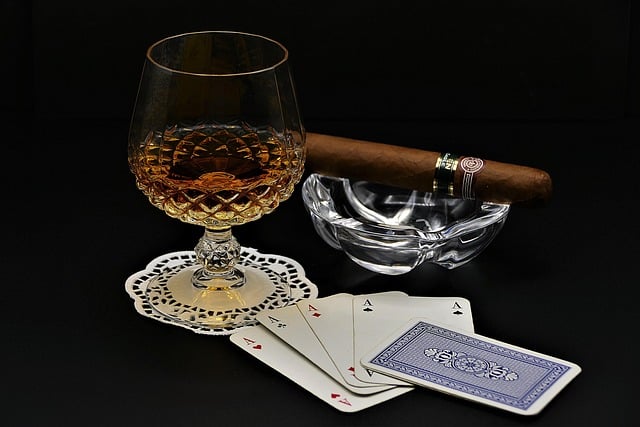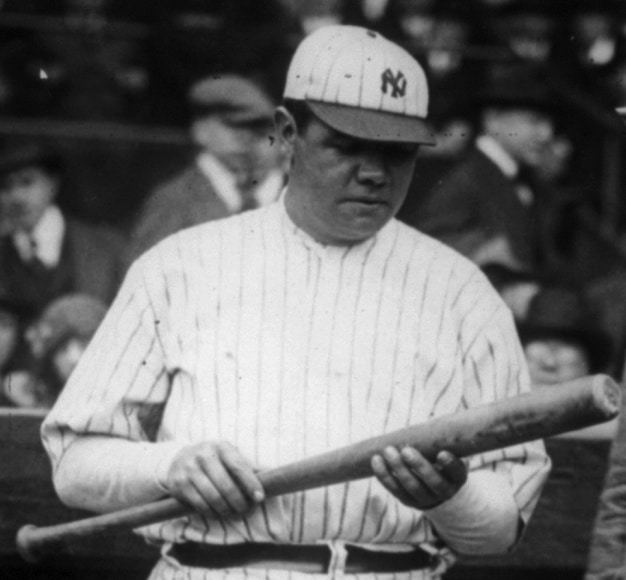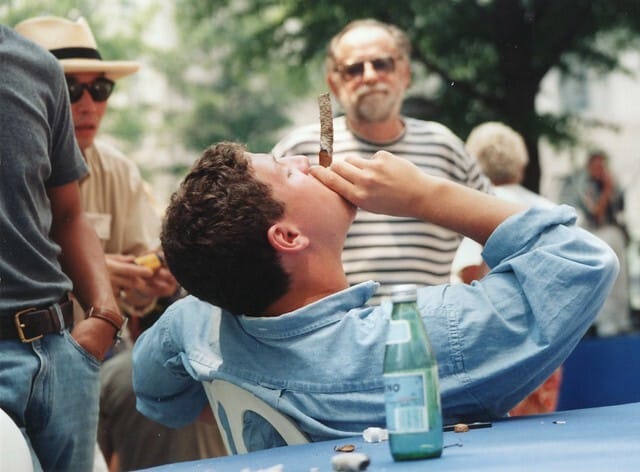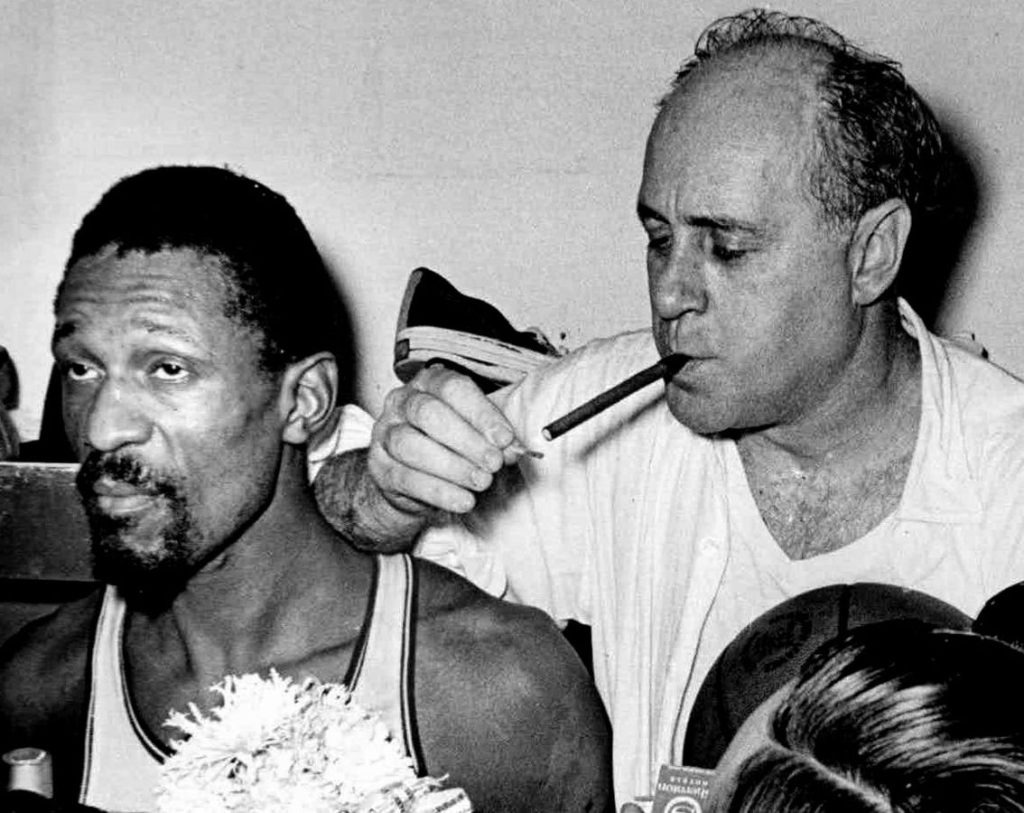Poker and Cigars: A Winning Combination

It’s tough to beat certain combinations. Clambakes and the beach. Fishing and beer. One of our favorite combinations is cigars and poker. Cigars have been synonymous with poker for as long as we can remember. Even in the famous “Dogs Playing Poker” painting, the bulldog is always chomping on a stogie; it may be a […]
Babe Ruth and a Roaring Cigar Lifestyle

The Great Bambino. The Sultan of Swat. The King of Swing enjoyed a roaring cigar lifestyle. I speak, of course, of legendary baseball player Babe Ruth. Born in 1895, Ruth played for 22 seasons. Between the years 1919 to 1935, he hit over 700 home runs and became a baseball icon—more than that, a legend. […]
Conor McGregor: Do Fighters Smoke Cigars?

There is at least one modern fighter who seems the perfect fit for the cigar-smoking lifestyle: Conor McGregor, among several others. Of course, cigars and cigar smoking were long associated with professional fighting. Not so much inside the ring as outside it. Still, there have been many great fighters who also enjoyed the occasional cigar. […]
Michael Jordan and Cigar Lifestyle

Michael Jordan is more than an athlete. He is one of the most successful men of the modern world, period. Jordan has managed to dominate more than just the basketball court. He is the winner of six NBA championships. He’s also the owner of the Charlotte Hornets. And, he’s the driving force behind the world’s […]
The Top Four Cigar Rituals and Traditions

There are many good reasons to fire up a stogie in the yard. Yet, folks like me would argue that a real enthusiast doesn’t need a reason at all. Why can’t the cigar be the reason? Still, there are some occasions that demand a good smoke. Take cigar rituals and traditions, for example. They have carried […]
The Victory Cigars of NBA Coach Red Auerbach

Arnold “Red” Auerbach was well-known as the coach and later the general manager of the Boston Celtics in the National Basketball Association (NBA). His teams, featuring the likes of Bill Russell, Bob Cousy, and several more hands full of Hall of Famers, were the most dominant of his era, the 1950s and 1960s, winning nine […]

